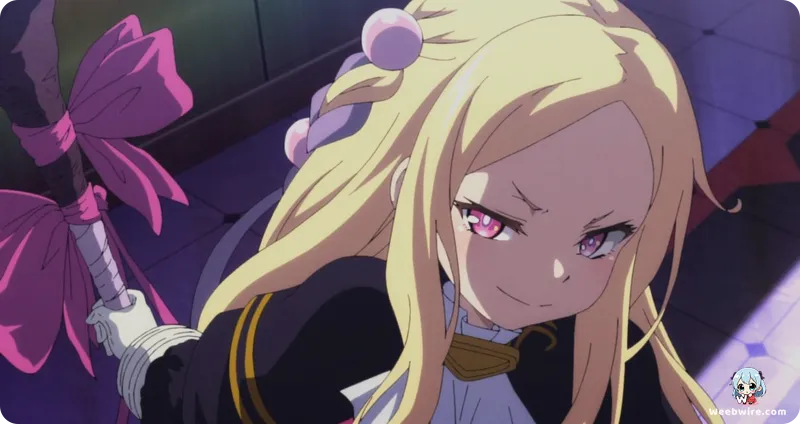Unlocking The Dawn of the Witch: Essential Facts and Its Surprising Legacy

In the vast world of fantasy anime, The Dawn of the Witch stands out not just for its engaging story but also for its significant, often overlooked, link to a beloved predecessor. While it may appear as a standalone tale of a magical academy, this series is deeply connected to Kakeru Kobashiri’s highly praised light novel, Grimoire of Zero. This crucial connection, a pleasant surprise for many, greatly enhances our appreciation for its detailed world-building and character development.
Set years after the events of Grimoire of Zero, the narrative smoothly builds upon established lore. It brings back familiar faces such as the mysterious witch Zero and her powerful beastfallen companion, Mercenary. These characters play vital roles as mentors, guiding a new generation through a world still grappling with the complex tensions between humans and witches. This demonstrates Kobashiri's careful attention to continuity in both the magic systems and historical background.

Further interest comes from the animation studio itself: Tezuka Productions. A legendary name known for anime classics like Astro Boy, their adaptation of The Dawn of the Witch, which blends modern fantasy with academy themes, humor, and deeper messages, shows remarkable adaptability. This highlights the studio's dedication to innovation, proving that a foundational name can skillfully embrace contemporary stories while maintaining high animation standards.
The main character, Sebille (Saybil), offers a fresh perspective on the hero's journey. Plagued by amnesia and a unique curse that leaves him almost without magic despite attending an academy, his path is one of profound self-discovery. He relies on his intelligence, the support of his peers, and a gradual awakening of his hidden abilities as he navigates the Royal Academy of Magic of Wenias. His interactions with classmates, including Hort, Kudo, and the enigmatic Loux Krystas (who is revealed to be the daughter of Holdem from Grimoire of Zero), provide both comedic moments and dramatic depth, firmly linking the two series.
The carefully maintained magic system involves intricate incantations and a deep understanding of natural forces, distinguishing 'sorcerers' (those who use books for magic) from 'witches' (those with innate magical abilities). The academy setting is perfect for exploring these complexities. Beyond magic, the series subtly addresses significant themes of prejudice and discrimination, particularly the historical persecution of witches and the ongoing quest for peaceful coexistence. Sebille’s personal struggle for acceptance mirrors society's larger journey.
While humor lightens the mood, powerful messages about empathy, identity, and bridging divides resonate throughout the story. The Dawn of the Witch therefore goes beyond simple fantasy, offering a thoughtful exploration of a world striving for a harmonious future, captivating viewers with its characters and detailed magical universe.
Credits
The Dawn of the Witch
Author
Kakeru Kobashiri
Cover Art
Yoshinori Shizuma
Studio
Publisher
Kodansha
Producers





